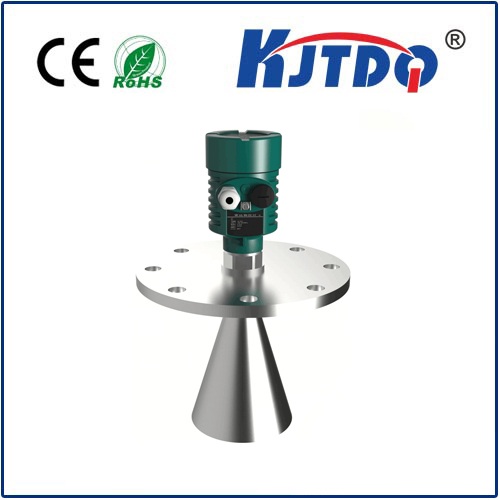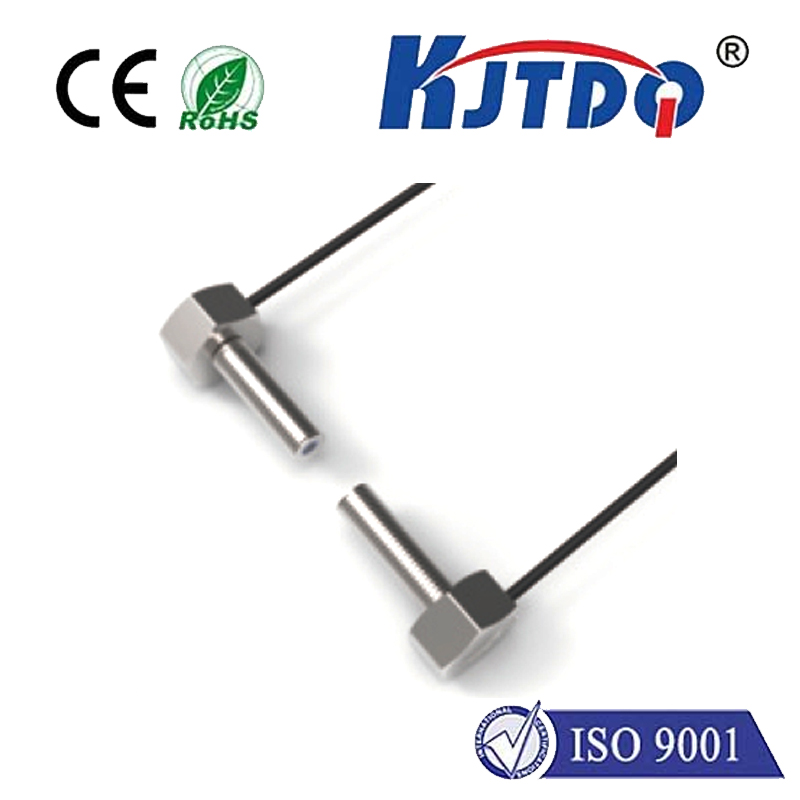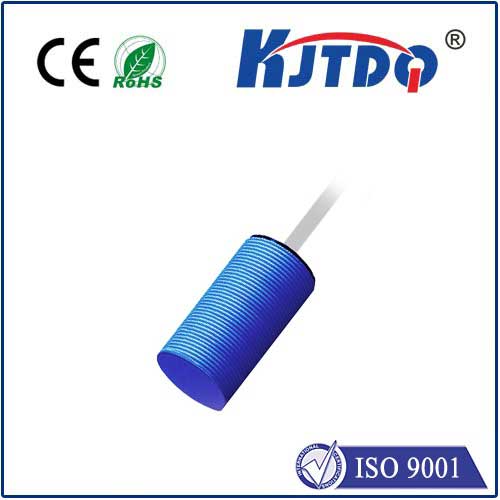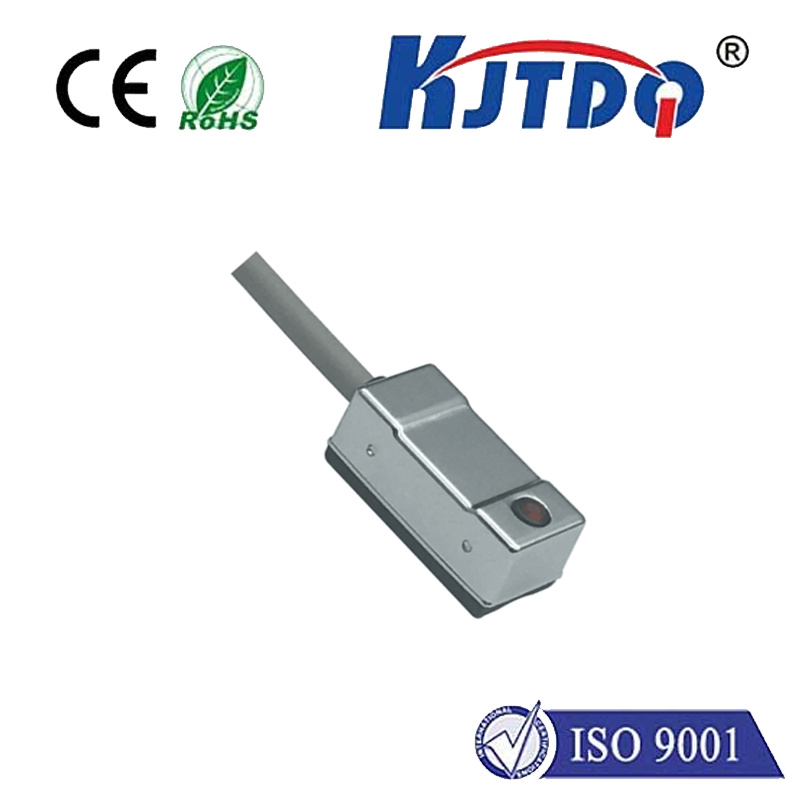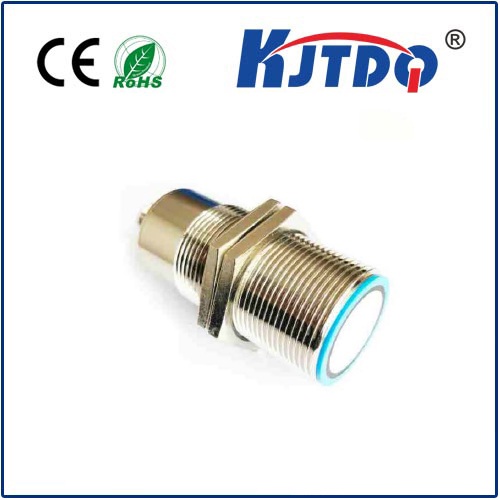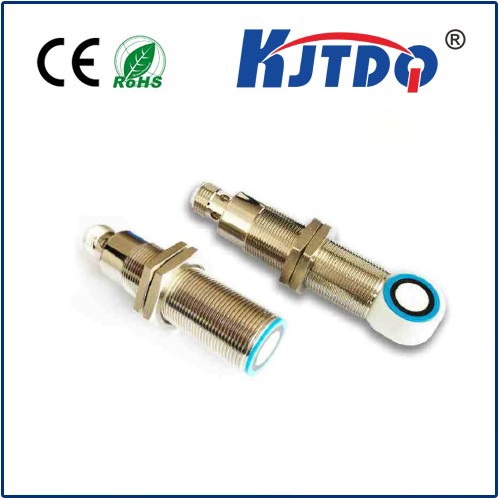column photoelectric switch sensor e3f
- time:2025-09-11 02:11:56
- Click:0
The Indispensable Column Photoelectric Sensor: Unpacking the Power of the E3F for Precise Detection
In the fast-paced, precision-driven world of industrial automation, reliability and accuracy aren’t just desirable – they’re essential. Whether it’s ensuring flawless bottle filling on a production line, verifying pallet presence in logistics, or guaranteeing component placement in assembly, sensors form the nervous system of modern manufacturing. Among the diverse sensor technologies available, photoelectric sensors stand out for their versatility and non-contact operation. Within this category, the distinctive shape and robust functionality of column photoelectric sensors, particularly exemplified by series like the Omron E3F, deliver exceptional performance in demanding positioning and detection tasks.
So, what exactly is a column photoelectric switch sensor? Unlike the often compact, cube-shaped diffused sensors or the slender through-beam counterparts, column sensors feature a distinct, elongated cylindrical housing. This design isn’t merely aesthetic; it serves critical purposes. The extended form factor houses a powerful emitter and receiver pair, allowing for a longer sensing range and excellent optical characteristics. Crucially, the column shape provides inherent mechanical stability. This rigidity makes them highly resistant to misalignment caused by vibration or accidental impacts – a frequent challenge on busy factory floors. This inherent stability translates directly to reduced downtime and maintenance costs. Models like the E3F photoelectric sensor, a prominent line from Omron, have become synonymous with this reliable column form factor.

The core principle remains the same as other photoelectric sensors: light-based detection. The sensor emits a beam of light (infrared, red LED, or laser, depending on the model) from its emitter. Depending on the sensing mode:
- Through-Beam (E3F-T): The beam travels to a separate reflector unit. An object interrupts this beam, triggering the sensor’s output. This mode offers the longest range and highest reliability but requires precise alignment of two separate units.
- Retroreflective (E3F-R): The emitted beam reflects off a specialized retroreflective target (like a tape or prism) back to the receiver within the sensor housing. An object breaking this reflection triggers detection. This provides a good balance of range and convenience, needing only one wiring point.
- Diffuse Reflective (E3F-D): Light emitted by the sensor reflects off the target object itself and back to the receiver. This is the simplest to install (only one device) but has the shortest range and can be susceptible to variations in the target’s color, texture, or reflectivity. Many E3F-D series sensors incorporate background suppression technology to mitigate this by focusing detection at a specific distance.
Why choose a column photoelectric switch like the E3F series?
- Unmatched Mechanical Stability: The rigid column housing is the star feature. It acts as a powerful safeguard against vibration and shock, crucial in environments with heavy machinery or conveyor impacts. Misalignment leads to false triggers and costly faults; the column design minimizes this risk significantly.
- Enhanced Sensing Performance: The physical separation between the emitter and receiver within the column often allows for superior optics. This can result in longer sensing distances, a narrower, more focused beam for precise object discrimination, and improved immunity to ambient light interference compared to some compact designs.
- Robust Construction for Harsh Environments: Models like the E3F sensor are typically built to industrial standards. They often feature durable metal or high-grade plastic housings offering high IP ratings (e.g., IP67, IP69K), making them resistant to dust, water jets, and cleaning chemicals. This durability ensures long service life even in demanding sectors like food & beverage, automotive, or packaging.
- Simplified Alignment: Many column sensors, including the E3F, incorporate visual indicators like alignment marks or beam spots (especially in models with visible red LED or laser light). This aids significantly in the initial setup and troubleshooting alignment. The stable housing then ensures that once aligned, it stays aligned.
- Versatility in Applications: The combination of stability, reliable detection modes (Through-Beam, Retroreflective, Diffuse), and robust build means column photoelectric sensors excel in numerous tasks:
- Positioning: Verifying precise location of pallets, machine parts, or assembly carriages.
- Object Detection: Detecting presence or absence of bottles, cans, boxes, or components on conveyors or within machines.
- Level Control: Monitoring fill levels in bins or tanks (using the beam-break principle).
- Counting: Accurately tallying objects passing a detection point.
- End-of-Travel Detection: Confirming machine slides or actuators have reached their limit position reliably. The E3F photoelectric switch is frequently encountered performing these critical roles.
Choosing the Right E3F Sensor: Key Considerations
When selecting a column photoelectric sensor like an E3F model, several factors are paramount:
- Sensing Mode: Determine if Through-Beam (longest range, high reliability), Retroreflective (good range, single-unit), or Diffuse (simplest, shorter range, target-dependent) best suits the application.
- Sensing Range: Ensure the chosen model’s specified operating distance meets or exceeds your actual requirement, allowing margin for safety.
- Output Type: NPN or PNP transistor output? Normally Open (NO) or Normally Closed (NC)? This must match your control system (PLC, relay, etc.).
- Connection: Pre-wired cable or connector options? M8 or M12 connectors are common industrial standards.
- Environmental Rating: Verify the IP rating (e.g., IP67 for dust and temporary immersion) is adequate for the operating environment – exposure to washdowns, oils, or chemicals demands higher ratings like IP69K.
- Special Features: Does the application require background suppression (BGS) for diffuse sensing? Laser light for precise positioning? Intense environments might necessitate all-metal housings.
Installation Tips: Maximizing E3F Performance
Getting the most from your column photoelectric sensor involves mindful installation:
- Secure Mounting: Utilize sturdy brackets to clamp the sensor body firmly, preventing any wobble. The stability advantage is only realized if mounted correctly.
- Optimal Alignment: Take advantage of built-in visual aids. For Through-Beam and Retroreflective modes, precise alignment is critical for maximum range and reliability. A slight misalignment drastically reduces performance.
- Avoiding Interference: Position the sensor away from highly reflective surfaces near the beam path to prevent false triggering in diffuse or retroreflective modes. Be mindful of ambient light sources that could overwhelm the receiver.
- Target Considerations: Ensure your target object is large enough to reliably interrupt the beam and has suitable reflectivity (for diffuse/retro modes). Dark, matte, or transparent objects may require specific sensor types (e.g., polarized retroreflective, laser, BGS diffuse).
For tasks demanding pinpoint positioning verification or unwavering object detection amidst challenging industrial conditions, the inherent stability and robust performance of a column photoelectric switch sensor like the E3F series make it an indispensable tool. Its unique blend of mechanical rigidity, optical capability, and environmental resilience provides a level of reliability that minimizes costly production errors and downtime. In the intricate dance of automation where every fraction of a second and millimeter counts, choosing the right sensor, such as the proven E3F photoelectric sensor, is fundamental to achieving seamless, efficient, and high-quality manufacturing processes. When precise, vibration-proof detection is non-negotiable, the column design often emerges as the optimal solution.






